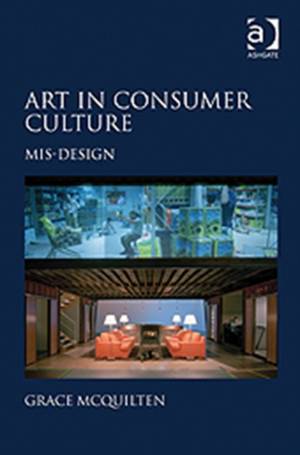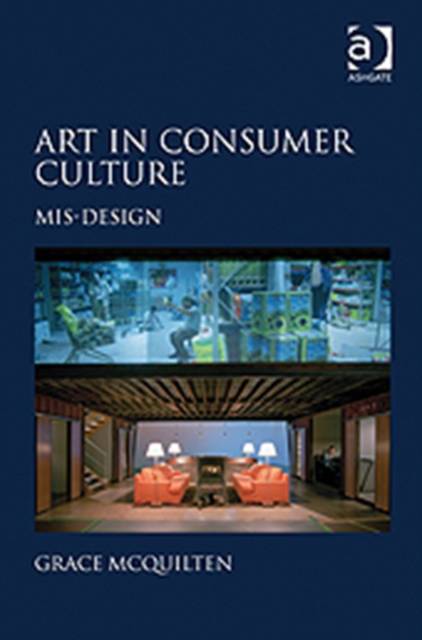
Door een staking bij bpost kan je online bestelling op dit moment iets langer onderweg zijn dan voorzien. Dringend iets nodig? Onze winkels ontvangen jou met open armen!
- Afhalen na 1 uur in een winkel met voorraad
- Gratis thuislevering in België vanaf € 30
- Ruim aanbod met 7 miljoen producten
Door een staking bij bpost kan je online bestelling op dit moment iets langer onderweg zijn dan voorzien. Dringend iets nodig? Onze winkels ontvangen jou met open armen!
- Afhalen na 1 uur in een winkel met voorraad
- Gratis thuislevering in België vanaf € 30
- Ruim aanbod met 7 miljoen producten
Zoeken
€ 202,95
+ 405 punten
Uitvoering
Omschrijving
Written with beautiful clarity, Art in Consumer Culture: Mis-Design asks the contemporary art world to be honest about the pervasive effects of commodification and the difficulty of staging critique. The book examines the collusion of 'art' and 'design' in contemporary artistic practices in order to find avenues of critique in a commercially driven cultural landscape. Grace McQuilten focuses on the work of Takashi Murakami, Andrea Zittel, Adam Kalkin and Vito Acconci, four contemporary artists who claim to be working in the field of design rather than the traditional art world. McQuilten argues that Zittel, Acconci and Kalkin engage with 'design' only to reactivate the critical practice of art in a more direct engagement with capital - and conceives of and affirms a future for art, outside of the art world, as a parasite in the complex beast of late capitalism. This book is an important and timely provocation to a cynical and apathetic consumer culture, and a call to arms for creative freedom and critical thought.
Specificaties
Betrokkenen
- Auteur(s):
- Uitgeverij:
Inhoud
- Aantal bladzijden:
- 218
- Taal:
- Engels
Eigenschappen
- Productcode (EAN):
- 9781409422402
- Verschijningsdatum:
- 28/06/2011
- Uitvoering:
- Hardcover
- Formaat:
- Genaaid
- Afmetingen:
- 156 mm x 233 mm
- Gewicht:
- 617 g

Alleen bij Standaard Boekhandel
+ 405 punten op je klantenkaart van Standaard Boekhandel
Beoordelingen
We publiceren alleen reviews die voldoen aan de voorwaarden voor reviews. Bekijk onze voorwaarden voor reviews.











